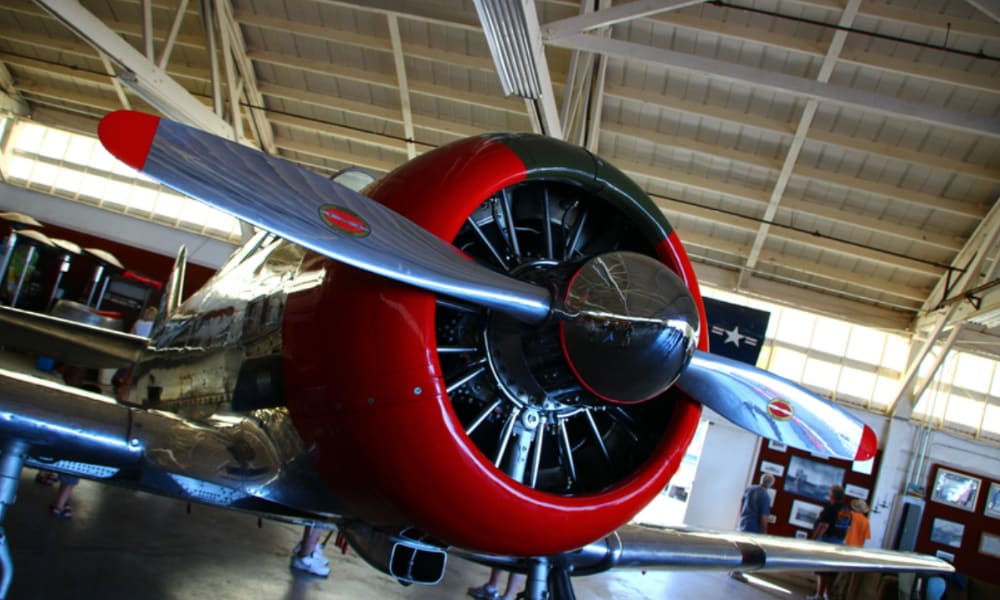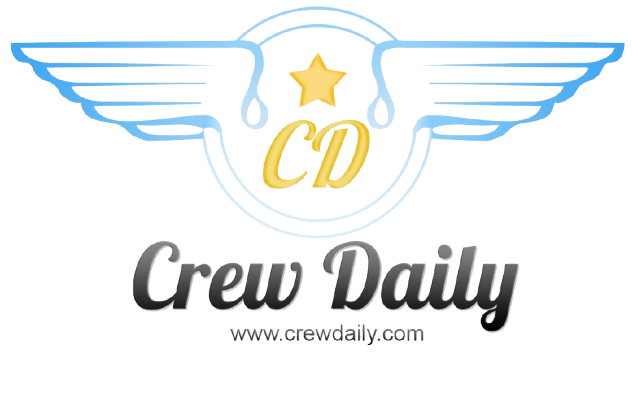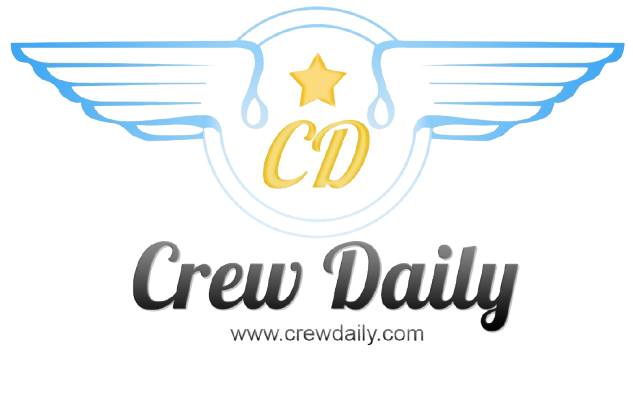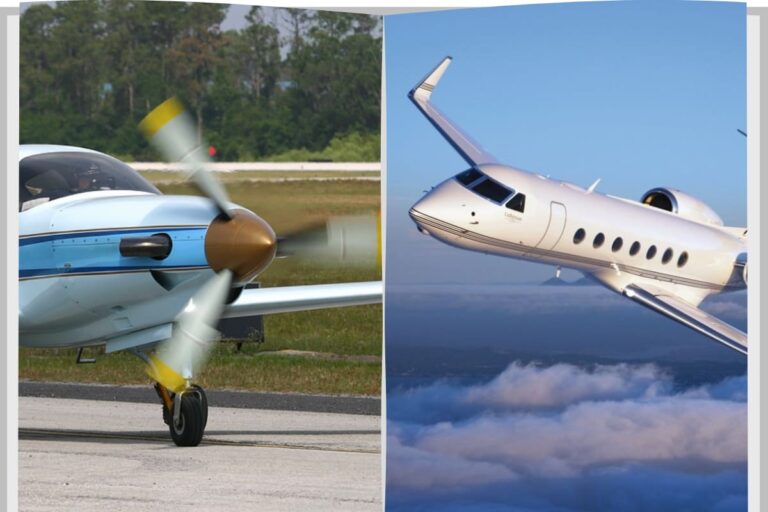When you fly, you might ask: What’s the difference between a prop plane (often a turboprop) and a jet? The answer matters. It affects cost, speed, and comfort. It also affects which airports you can use.
In this post, we’ll compare prop planes and jets. We’ll break down the major differences. We’ll help you decide which fits your flight needs.
How Prop Planes and Jet Engines Work
A prop plane (with a turboprop engine) uses a gas turbine to spin a propeller. The propeller pushes a large mass of air at a moderate speed. This makes it efficient at lower speeds and altitudes.
A jet uses a turbine that accelerates exhaust gases out the back, creating thrust. Modern jets often use turbofans—a large fan up front plus exhaust—to drive more air and reach higher speeds.
Here’s a Reddit quote:
“Turbo props accelerate a large amount of air to a relatively low velocity, meaning they can produce high thrust for a relative small amount of fuel burnt.”
Because of these differences, each type makes sense for different roles.

Speed and Performance Comparison
Prop planes shine at lower speeds. They are efficient below about 400-450 mph. But once you push higher speeds or longer ranges, jets take over. For example: some turboprops struggle when propeller tips approach supersonic speeds, which reduces efficiency.
In effect: if you need to go fast and far, a jet wins. If you fly short hops or use smaller airports, a prop plane may suffice.
Range and Altitude Capabilities
Jets cruise higher—often 31,000 to 42,000 ft—where the air is thinner, drag is lower, and they can avoid weather. Props often operate in the 18,000-30,000 ft range. Going higher with a turboprop becomes inefficient because the propeller loses effectiveness in thin air.
Thus, for long distance and high altitude performance, jets are optimized. For regional flights, props remain valid.
Fuel Efficiency and Operating Costs
Here’s where the keyword “propeller vs jet engine efficiency” fits in. On short flights and at lower altitudes, props are often more fuel-efficient. They burn less fuel per mile when the speed and range demands are modest.
From Reddit:
“Turbo props in general are cheaper to operate. Turbo props are also slower and are louder in the cabin versus jets.”
But on long flights, jets can go faster and higher, which means fewer hours in the air—and that can offset higher fuel consumption. So cost depends heavily on the mission profile.
Safety Comparison: Prop Plane vs Jet
Using the keyword “prop plane vs jet safety”, the data show that jets have lower accident rates than props. Many factors influence this: prop planes often fly lower, use smaller airports, fewer redundant systems, or are used by smaller operators.
A Reddit pilot comment:
“Flying turboprops is more challenging, fun, and rewarding from a simple flying perspective.”
That comment doesn’t measure safety directly—but indicates that prop planes may require more hands-on attention. For passenger use, jets generally have the edge in safety, especially under commercial operation.
Passenger Comfort and Experience
From a passenger’s point of view:
- Jets tend to offer smoother rides—they fly higher, above much turbulence.
- They tend to be quieter inside, because prop tips create more noise and slower climb/cruise.
- Prop planes might feel bumpier, especially if flying lower or through more weather.
That said: modern turboprops (executive versions) have very comfortable interiors. The difference may be less dramatic now than it used to be—but the jet still has the advantage for comfort.
Read Also: What Does ATCM Stand For in Aviation? Air Traffic Control Monitors
Use Cases: Which One Should You Choose?
Choose a turboprop if:
- You fly short regional legs (under ~1,500 miles).
- You need access to smaller airports with short or unpaved runways.
- You prioritise lower operating cost over speed.
Choose a jet if:
- You fly longer distances (1,500 miles+).
- You value faster travel, higher altitude, smoother ride.
- You are carrying more passengers or doing business travel where time is money.
Popular Manufacturers and Models
Propeller-plane manufacturers and models:
- Beechcraft King Air series
- Pilatus PC-12
- Cessna Caravan
Jet manufacturers and models:
- Gulfstream G series
- Bombardier Challenger/Citation series
- Embraer regional jets
This covers the question: Which manufacturers produce the most popular propeller planes and jets?
Chartering or Owning a Plane
Can I charter a prop plane or a jet for a weekend trip? Yes. Many regional charter operators offer turboprops for short hops; jets for longer, premium trips. You’ll need to check: availability, cost per hour, airport access, seating, baggage.
Fractional ownership programs exist for both jets and props. These allow multiple owners to share costs. For used aircraft listings: many brokers specialise in pre-owned jets and turboprops—search by model, hours flown, maintenance status.
Where can I find listings for used prop planes versus jets for sale? Use aviation brokers and online marketplaces under “pre-owned business aircraft” listings.
Final Verdict: Prop Plane vs Jet – Which Is Better?
It’s not about “better” in absolute terms—it’s about the right tool for the job.
- If your missions are short, airports small, cost sensitive → go turboprop.
- If your missions are long, speed is crucial, comfort matters → choose jet.
Evaluate your route, runway length, budget, passenger expectations—and select accordingly.
FAQ Section
Q1. What are the main differences between prop planes and jets?
A1. Jets fly faster, higher, longer distance. Prop planes are more efficient at lower speeds, use smaller airports, and cost less for regional flights.
Q2. Can I charter a prop plane or a jet for a weekend trip?
A2. Yes. Turboprops are common for short-haul regional trips. Jets are available for longer or luxury weekend trips. Charter cost depends on aircraft size, distance, and operator.
Q3. Which companies offer fractional ownership programs for jets and prop planes?
A3. Many aircraft charter and private aviation firms offer fractional ownership. The model allows you to buy a share of an aircraft and pool costs with others. Contact brokers specialising in business aviation.
Q4. Where can I find listings for used prop planes versus jets for sale?
A4. Search aviation brokerage websites, classified sections of business aircraft publications, and certified pre-owned aircraft dealers. Filter by model, hours flown, maintenance history, and region.
Q5. Which manufacturers produce the most popular propeller planes and jets?
A5. For propeller/turboprop: Beechcraft (King Air), Pilatus (PC-12), Cessna (Caravan). For jets: Gulfstream, Bombardier, Embraer. These brands are widely recognised in private and commercial operations.
Closing
I hope this gives you a clear, practical comparison of prop planes versus jets. Whether you’re choosing an aircraft, chartering for a trip, or simply curious—now you have the key differences in simple language plus real-pilot insights from Reddit to back it up. For more information, visit Crew Daily.


